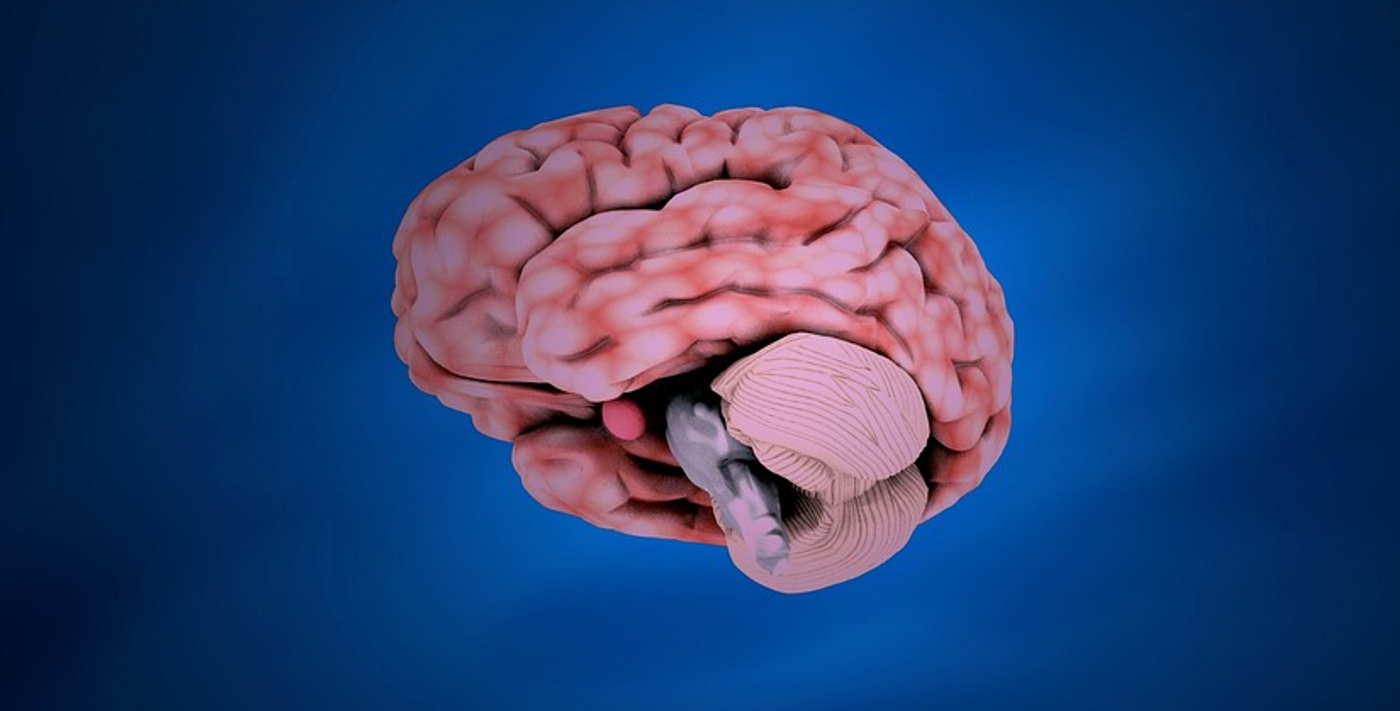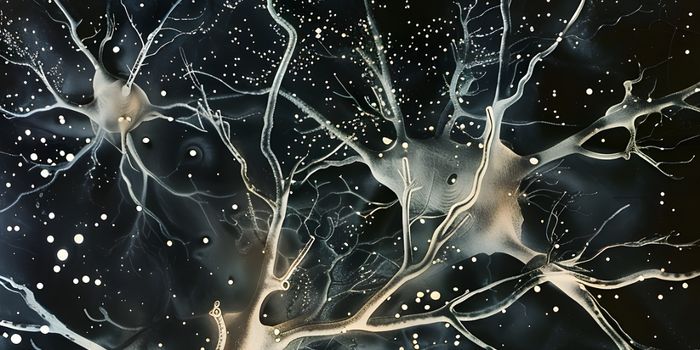Understanding Left-Right Dominance in the Brain
There are many common misconceptions about science, one of which is the belief that people can be characterized as either right- or left-brained. A 2014 study found that nearly 70 percent of teachers in the world think that students are either right- or left-brained, and it has an effect on how they learn. Modern neuroscience has found no evidence to support that claim. However, the hemispheres actually do specialize in different tasks (the video at the bottom of the article describes how the right-left brain misconception started). One hemisphere of the brain can also dominate the other side, and have an impact on how it responds. New research has investigated the mechanisms underlying that hemispheric dominance.
Publishing in Cell Reports, biopsychologists from Ruhr-Universität Bochum used a pigeon model to demonstrate that small differences in reaction time form the basis for hemispheric dominance. This work may indicate that previous assumptions about hemispheric dominance aren’t painting the whole picture. It appears that reaction time is a significant factor.
The researchers found that the neurons they were stimulating in their model reacted at the same rate in both hemispheres. The left hemisphere could trigger reactions faster, however. They also saw that more neurons were activated in the left hemisphere, and the neurons in the left hemisphere could actually alter the response in the right hemisphere (through a structure called the commissura anterior).
Thick bundles of nerve fibers called commissures connect the left and right sides of the brain. "In the past, it had been assumed that the dominant hemisphere transmits inhibitory signals to the other hemisphere via the commissures, thus suppressing specific functions in that region," explained Professor Onur Güntürkün.
“The interactions occurring between the two hemispheres can be both excitatory and inhibitory. "This is why it has remained a mystery where, exactly, functional brain asymmetries stem from," noted Güntürkün.
For this study, the researchers used pigeons that they trained to differentiate between four colors. When the birds saw color, the scientists were able to record the neuronal activity in the birds’ visuomotoric forebrain, where information from visual stimuli is processed, and motor functions are coordinated based upon that visual input. In birds, these tasks are performed by the left hemisphere.
Next, the researchers analyzed how the interaction between the hemispheres was influencing the process. The first author of the report Dr. Qian Xiao and Güntürkün intermittently blocked the activity of neurons that typically gather input from the other side of the brain. By monitoring the neuronal activity in the input-receiving neurons, they were able to learn more about how the two hemispheres interact.
They found that when both hemispheres can perform a task and compete for dominance, the left hemisphere can delay neuronal activity in the right hemisphere.
"The right hemisphere simply acts too late to control the response," explained Güntürkün. "These results show that hemispheric dominance is based on a sophisticated mechanism. It does not hinge on one general inhibitory or excitatory influence; rather it is caused by minute temporal delays in the activity of nerve cells in the other hemisphere."
Get the lowdown on hemispheric dominance from the video above; learn what is fact, and what is a bit of fiction.
Sources: AAAS/Eurekalert! Via Ruhr-Universität Bochum, Nature Reviews Neuroscience, Cell Reports









